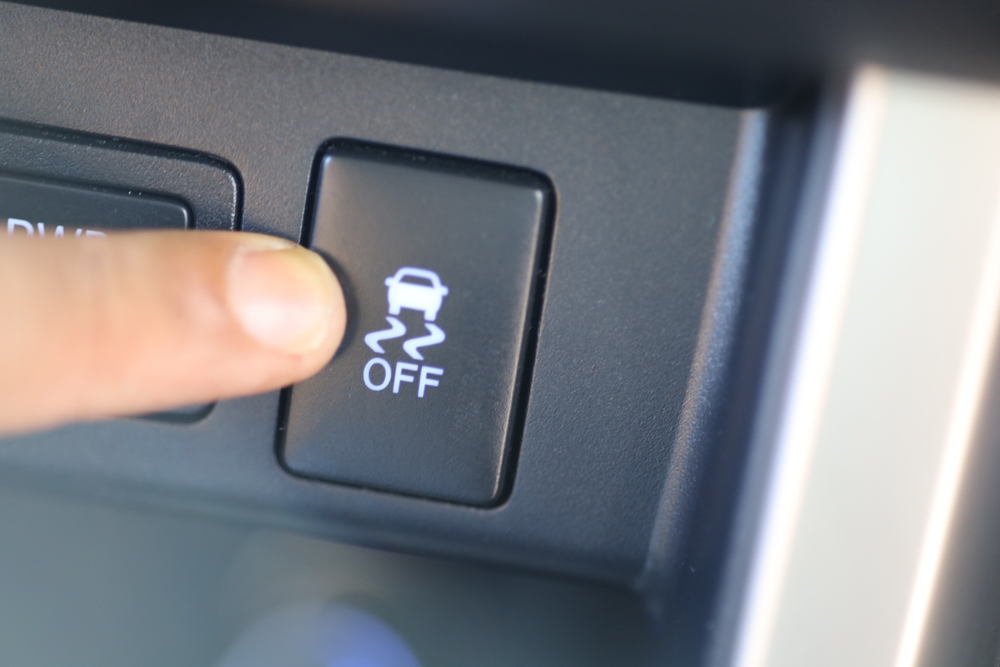Decoding the Enigma of Vehicle Dynamics Control Systems
Imagine cruising down a winding mountain road, your car hugging each curve with precision and poise. Suddenly, an unexpected patch of gravel threatens to send you into a spin. In that split second, an invisible guardian springs into action, adjusting your vehicle's trajectory and keeping you safely on course. This guardian is your car's Vehicle Dynamics Control (VDC) system, a technological marvel that's revolutionizing driving safety and performance.

From Concept to Reality: The Evolution of VDC
The roots of VDC can be traced back to the early 1980s when automotive engineers began exploring ways to improve vehicle stability beyond the capabilities of anti-lock braking systems (ABS). The first commercial VDC system, developed by Bosch and Mercedes-Benz, debuted in 1995 on the S-Class sedan. Initially reserved for high-end luxury vehicles, VDC has since become increasingly common across various vehicle segments, thanks to advancements in sensor technology and computational power.
The Intricate Dance of Sensors and Actuators
At the heart of every VDC system lies a complex network of sensors strategically placed throughout the vehicle. These include yaw rate sensors to measure the car’s rotation around its vertical axis, steering angle sensors to determine the driver’s intended direction, and wheel speed sensors to monitor individual wheel rotations. The data from these sensors is continuously fed into a central control unit, which uses sophisticated algorithms to analyze the vehicle’s behavior in real-time.
Beyond Traction Control: The Multifaceted Benefits of VDC
While often confused with traction control, VDC offers a far more comprehensive approach to vehicle stability. In addition to preventing wheel spin during acceleration, VDC can mitigate understeer and oversteer situations, enhance cornering performance, and even assist in emergency maneuvers. Some advanced VDC systems also incorporate features like hill-start assist and trailer stability control, further expanding their functionality beyond basic stability management.
The Human Factor: VDC and Driver Interaction
One of the most intriguing aspects of VDC is its ability to work in harmony with the driver’s inputs. Unlike early stability control systems that could feel intrusive, modern VDC implementations are designed to be virtually imperceptible during normal driving conditions. The system only intervenes when it detects a significant deviation from the driver’s intended path, and even then, it does so in a way that feels natural and intuitive to the person behind the wheel.
Pushing the Envelope: VDC in High-Performance Applications
Contrary to the misconception that stability control systems hinder performance driving, many high-performance vehicles now utilize VDC to enhance their capabilities on the track. By allowing for a certain degree of wheel slip and yaw movement before intervening, these performance-oriented VDC systems can actually help skilled drivers extract maximum performance from their vehicles while still providing a safety net in extreme situations.
The Road Ahead: Future Developments in Vehicle Dynamics Control
As automotive technology continues to evolve, so too does the potential of VDC systems. Integration with other advanced driver assistance systems (ADAS) and the advent of by-wire technologies promise to take vehicle stability to new heights. Imagine a car that can preemptively adjust its dynamics based on upcoming road conditions, or one that can learn and adapt to your driving style over time. These are just a few of the exciting possibilities on the horizon for VDC technology.
Conclusion: The Invisible Guardian of the Road
Vehicle Dynamics Control represents a remarkable fusion of mechanical engineering, electronics, and computer science. Its ability to enhance both safety and performance makes it an indispensable feature in modern vehicles. As we look to the future of automotive technology, VDC stands as a shining example of how intelligent systems can work in harmony with human drivers to create a safer, more enjoyable driving experience. The next time you navigate a challenging road with confidence, remember the silent sentinel working tirelessly to keep you in control.





